Code check for MWBC to shed
whiterabbitttttt
10 years ago
Related Stories
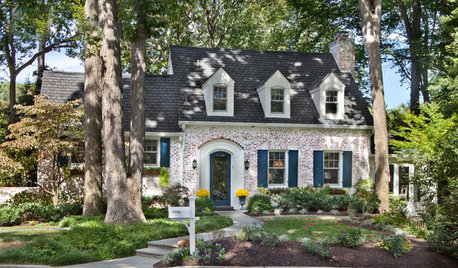
REMODELING GUIDESFinish Your Remodel Right: 10 Tasks to Check Off
Nail down these key details to ensure that everything works properly and you’re all set for the future
Full Story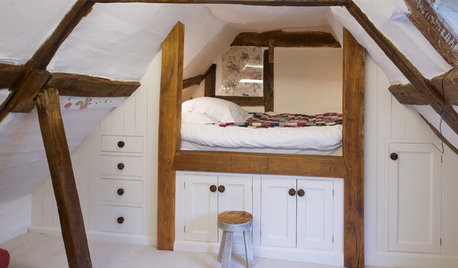
STORAGE12 Built-In Storage Solutions for Small Spaces
Check out an architect’s guide to some inspiring ways to build in extra cabinets, shelves and cubbyholes at the start of a project
Full Story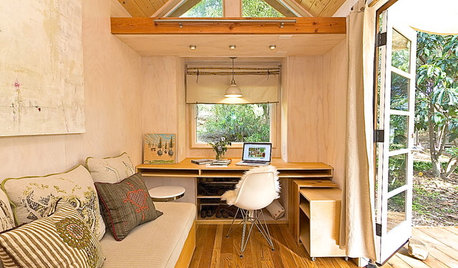
TINY HOUSESHouzz TV: Step Inside One Woman’s 140-Square-Foot Dream Home
You may have seen the story on Houzz — now check out the video tour of Vina Lustado’s warm and welcoming tiny house
Full Story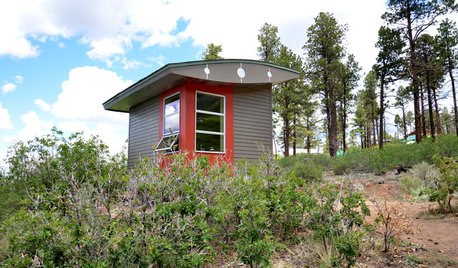
SMALL SPACESCalm Yourself in a Former Hippie Commune’s Tiny Hut
Need to relax? Check into this simple, secluded lodging at a New Mexico retreat and say, “Om”
Full Story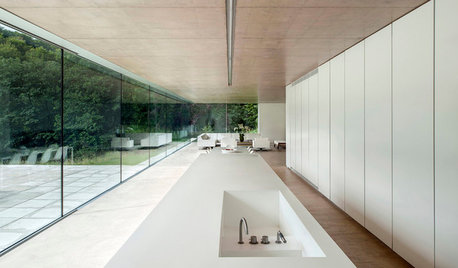
KITCHEN ISLANDSWhat to Consider With an Extra-Long Kitchen Island
More prep, seating and storage space? Check. But you’ll need to factor in traffic flow, seams and more when designing a long island
Full Story
MOST POPULARHow to Add a Backyard Shed for Storage or Living
Need a home office, a playspace or extra room for your stuff? Learn about off-the-shelf, prefab and custom sheds
Full Story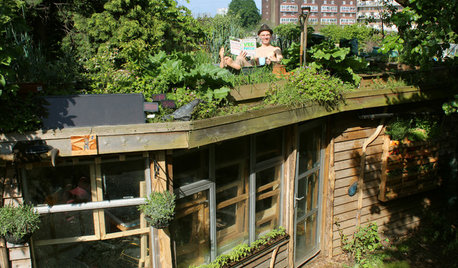
STUDIOS AND WORKSHOPSVisit London’s Shed of the Year
A modern Renaissance man carves out a multifunctional green oasis amid London’s urban whirl
Full Story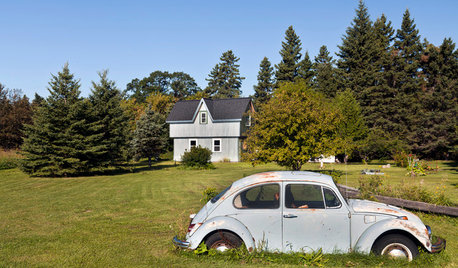
ECLECTIC HOMESHouzz Tour: Backyard Shed Transformed Into a ‘Shedeau’
A once-crumbling outbuilding is now a personality-rich guesthouse for visiting family members
Full Story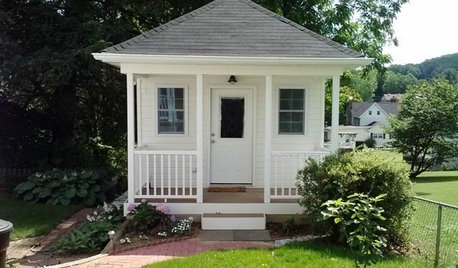
STUDIOS AND WORKSHOPSCreative Houzz Users Share Their ‘She Sheds’
Much thought, creativity and love goes into creating small places of your own
Full Story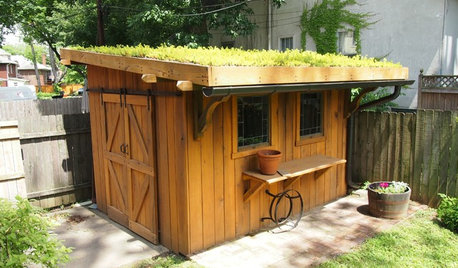
OUTBUILDINGSA Kentucky Garden Shed With a Planted Roof
Sedums help prevent runoff and add a green touch to this charming backyard building
Full StorySponsored
Zanesville's Most Skilled & Knowledgeable Home Improvement Specialists
More Discussions








Ron Natalie
whiterabbittttttOriginal Author
Related Professionals
Elgin General Contractors · Forest Grove General Contractors · Havre de Grace General Contractors · Mira Loma General Contractors · Norfolk General Contractors · North Highlands General Contractors · University Heights General Contractors · Moorpark Solar Energy Systems · Pinellas Park Solar Energy Systems · Laguna Woods Solar Energy Systems · Hull Home Automation & Home Media · Lakeway Home Automation & Home Media · Natick Home Automation & Home Media · Wellesley Home Automation & Home Media · Woodlawn Home Automation & Home Mediabrickeyee
whiterabbittttttOriginal Author
whiterabbittttttOriginal Author
brickeyee
whiterabbittttttOriginal Author
whiterabbittttttOriginal Author
brickeyee
Ron Natalie
brickeyee
Ron Natalie
whiterabbittttttOriginal Author
Ron Natalie
brickeyee
itsunclebill
whiterabbittttttOriginal Author
whiterabbittttttOriginal Author
itsunclebill